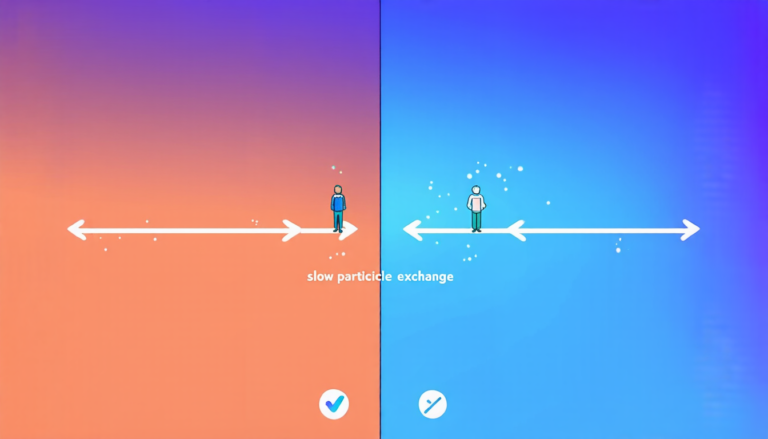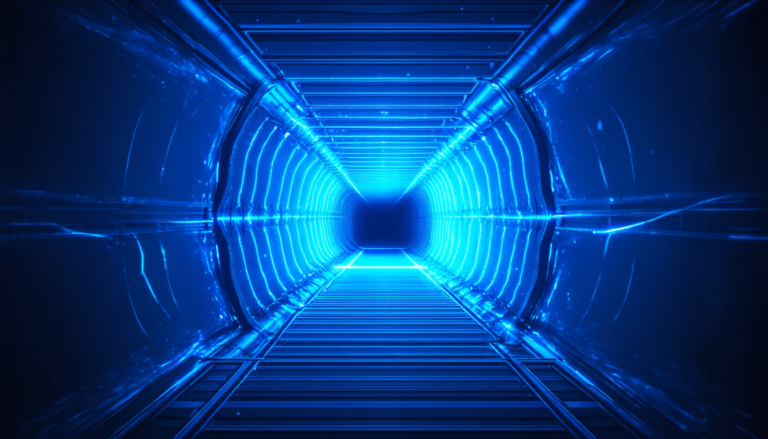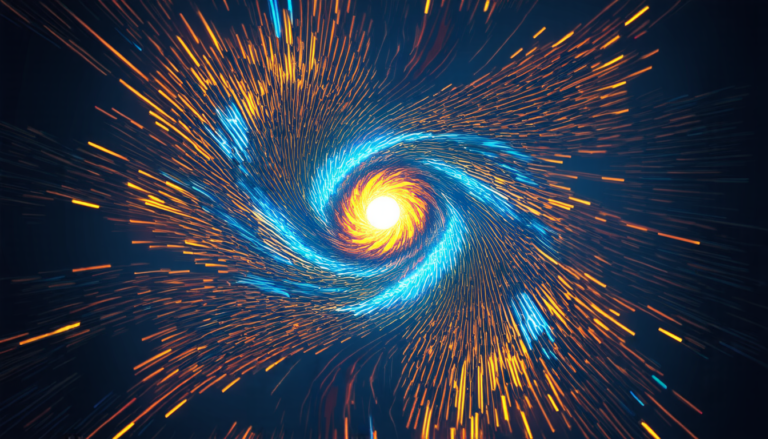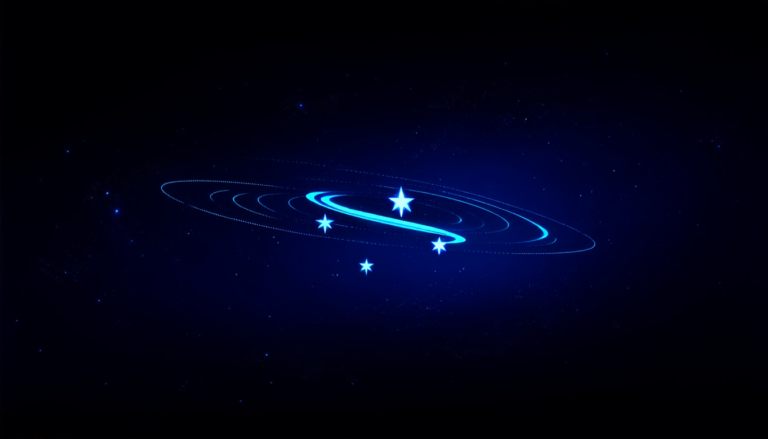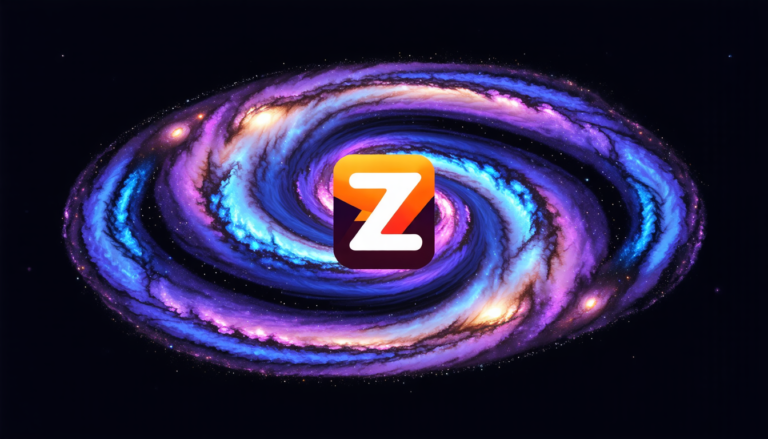Thursday 31 July 2025
A mysterious cloud of gas and dust has been spotted in the distant reaches of the galaxy NGC 4258, sparking excitement among astronomers. The discovery was made using a combination of observations from telescopes on Earth and in space, including the Hubble Space Telescope.
The cloud is thought to be a remnant of a recent star-forming episode, with young stars still shining brightly within it. But what’s particularly intriguing about this find is that it’s not just a single cloud – it’s part of a vast network of gas and dust that stretches out from the galaxy like tentacles.
This network is thought to be the result of interactions between NGC 4258 and its neighboring galaxies. As these galaxies move around each other, they can trigger bursts of star formation in each other, leading to the creation of new stars and planets. The gas and dust left over from this process can then spread out through space, forming giant clouds like the one spotted in NGC 4258.
But what’s really fascinating about this discovery is that it could provide a unique window into the early days of galaxy formation. Many galaxies are thought to have formed through the merger of smaller, irregularly shaped galaxies, and the gas and dust left over from these mergers would have been dispersed throughout space.
By studying the properties of these giant clouds, astronomers may be able to learn more about how galaxies evolved over billions of years. They could also gain insights into the process of star formation itself – what triggers it, and how do stars grow and evolve over time?
The discovery was made possible through a combination of observations from different telescopes. The Hubble Space Telescope was used to study the light emitted by young stars within the cloud, while ground-based telescopes were used to detect the presence of gas and dust.
In addition to providing insights into galaxy formation and star formation, this discovery could also help astronomers better understand the distribution of gas and dust throughout the universe. By studying these giant clouds, scientists may be able to learn more about how they form and evolve over time – and what role they play in shaping the universe as we know it today.
The study’s findings have been published in a recent issue of The Astrophysical Journal.
Cite this article: “Unveiling the Galactic Network: A Giant Cloud of Gas and Dust Reveals Clues to Galaxy Formation”, The Science Archive, 2025.
Galaxy Formation, Star Formation, Gas And Dust, Ngc 4258, Hubble Space Telescope, Galaxy Evolution, Star Clusters, Astronomical Observations, Galaxy Mergers, Universe Distribution


